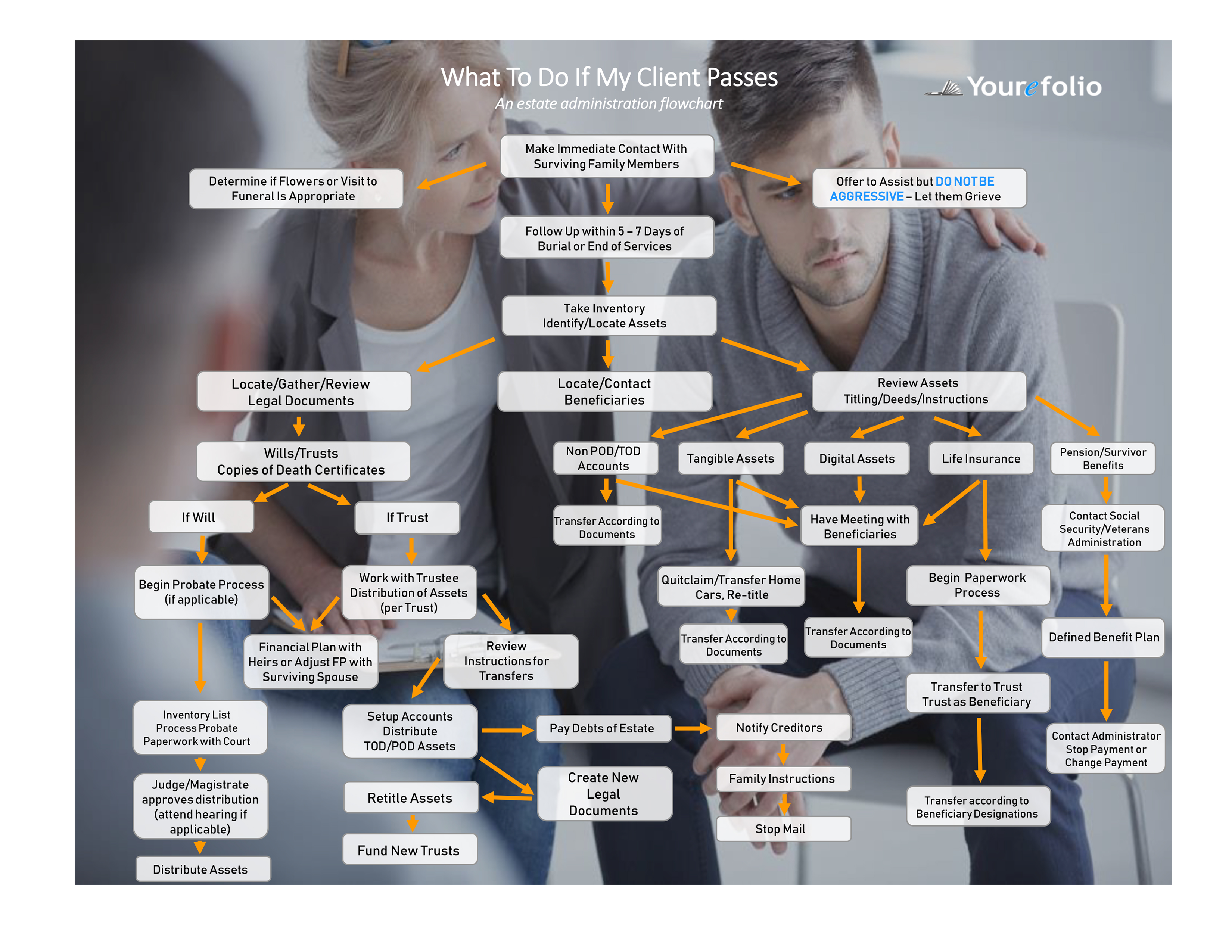
Here’s what you need to know about the accounts Gen Xers and Millennials stand to inherit from parents and grandparents.
Over the next few decades, the Gen X and Millennial generations will be the recipients of one of the greatest wealth transfers in history. A portion of that will be in the form of IRAs from their parents, grandparents, and other relatives.
An inherited individual retirement account (IRA) can be a tremendous boon to the beneficiary. "Who can't use extra money in retirement?" asked Joe Cannova, CPA, owner of Joseph A. Cannova CPA CFP, an accounting and financial planning firm in Toms River, N.J. Depending on the relationship between the decedent and the beneficiary, an inherited IRA may come as a complete surprise to the beneficiary.
According to Rebecca Walser, J.D., LL.M., a tax attorney and founder of Walser Wealth, a wealth management advisory in Tampa, Fla., most inherited IRAs are cashed out within six months after the family member dies. "Sometimes people will come to you with the funds after they've been cashed out. Then there's no tax strategy there because that's it, they've cashed it out."
Without proper planning, federal and state taxes can take a sizable bite out of the proceeds. The IRS has special rules that must be followed. Becoming familiar with the quirky rules surrounding inherited IRAs is essential for CPAs to ensure that these accounts are dealt with in the best way for their clients.
Options for inherited IRAs
There are several options for traditional nonspousal inherited IRAs, depending on the decedent's age. (This article does not address spousal IRAs. A spouse who inherits an IRA can treat it as his or her own.) An account owner over age 70½ is required to begin receiving required minimum distributions (RMDs) from the account by April 1 of the year after he or she reaches age 70½ (the required beginning date). If the decedent had already passed the required beginning date, there are just two choices:
Taking a lump-sum distribution of the entire balance; or
Rolling the inherited IRA over into a new account and taking distributions over the longer of the life expectancy of the beneficiary or of the decedent.
If the account owner died before reaching the required beginning date, the beneficiary has a third option of withdrawing all of the funds in the IRA account by the end of the year containing the fifth anniversary of the decedent's death under the five-year rule. In addition, under the second option, the life expectancy of the beneficiary must be used.
If the inherited IRA was a Roth IRA, the RMD rules for decedents who died before reaching the required beginning date apply.
To make sure your clients choose the best option for their situation, here are tips to consider:
Keep the beneficiary designations up to date.
Divorce, marriage, and the birth of children can all change estate plans. "A lot of people don't realize that an IRA passes by beneficiary designation as opposed to will," Cannova said. "If the will says I leave everything to my wife, but they have a different beneficiary designation on the IRA, it's generally going to whoever is the beneficiary on the IRA paperwork."
Make sure the new inherited IRA is titled correctly.
An inherited IRA must be titled with both the name of the decedent and beneficiary plus the word "inherited." Here's an example of correct titling: "Jane Doe, deceased (insert the date of death), F/B/O (for benefit of) Jimmy Doe, beneficiary." Cannova said he's seen many cases where the beneficiary has called the brokerage and asked that the IRA be transferred to his or her name. "If you just change the names on that IRA, that's really a cash-out." That means that putting the IRA in only the beneficiary's name will cause it to be treated as a distribution of the entire balance in the IRA subject to taxes. Retitling the account is best done at the brokerage where the decedent held the IRA before the beneficiary rolls it over to his or her own brokerage.
Check that the decedent took any required RMDs in the year of death.
This is one of the biggest traps that Cannova sees when the decedent was over 70½ and died before taking the annual distribution. "You must take their required minimum distribution before the end of the year, or else there's a 50% penalty, and you still have to take the distribution."
Pay attention to statutory deadlines.
Under the life-expectancy method, the first RMD must be taken by Dec. 31 of the year after the decedent's death. This is also the deadline for electing to use the five-year method if the decedent was not yet taking distributions.
Consider the impact of possible future tax increases.
Even if taking a full distribution at once or over five years means a substantial tax bill now, it may well save taxes in the long run if tax rates increase in the future. If a client's main sources of retirement income are in pretax accounts, increases to tax rates can be catastrophic.
Cannova and Walser intend these ideas to be general tax guidelines and recommend meeting with a tax professional to discuss all options as it relates to a client's personal tax situation.
Liz Farr, CPA is a freelance writer based in Los Lunas, N.M. To comment on this article, contact Chris Baysden, senior manager of newsletters at the AICPA.
View original article here.



